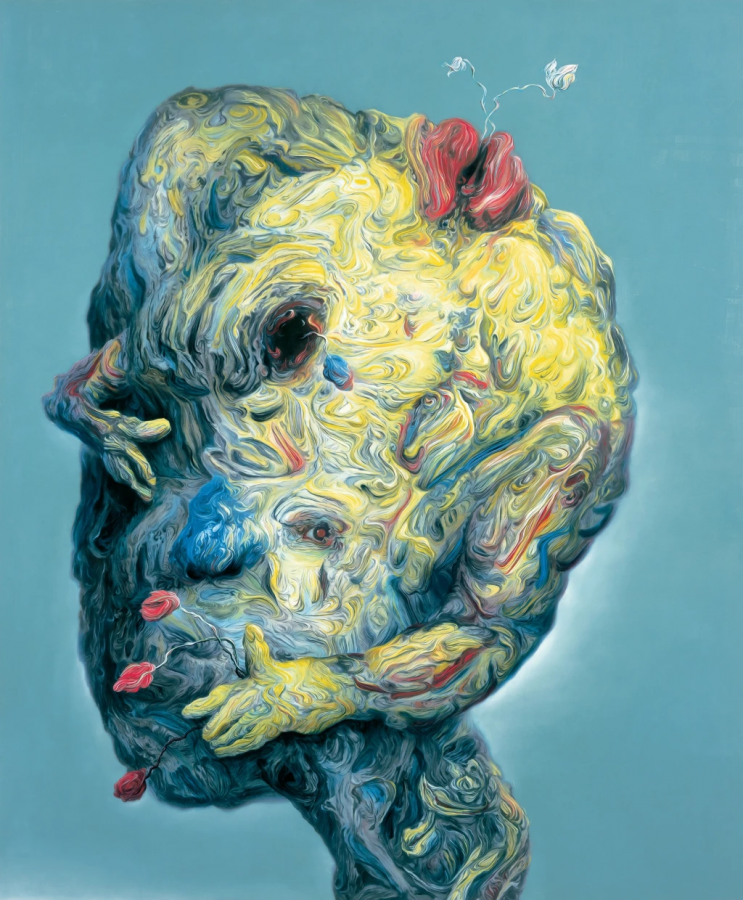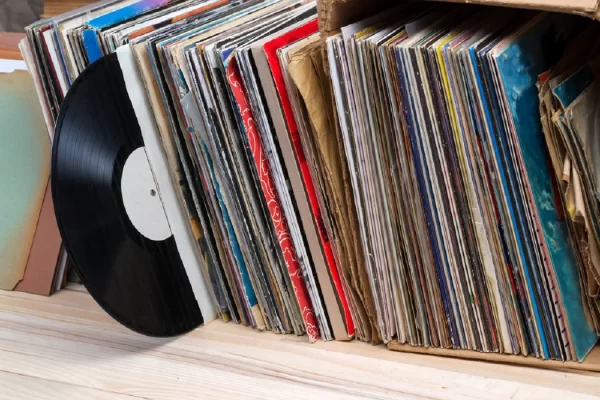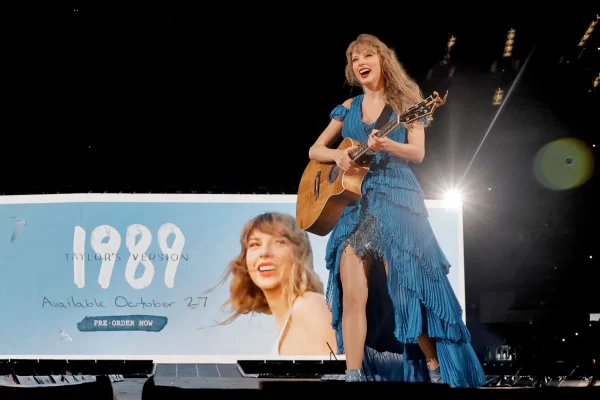Contemporary Art Review: “The Hinterland”
Contemporary art is ridiculed for being abstract and not understandable, but I am here to find out how bad, or good, it really is. I will be reviewing “The Hinterland” by Glenn Brown. It was made in 2006, and has been in galleries all over Europe. The painting depicts a mixed up human head with arms. Brown has been on the record saying he believes that the paint is similar to flesh. This makes the art work seem even more real and lifelike. The artwork is very ambiguous and leaves much for the viewer to interpret.
I personally find this art attractive, which is an important part of every good piece of art. It does not matter if the message is good if no one enjoys looking at it. This piece leaves much to the imagination, but it also gives enough to direct one’s thinking. I first looked at the eyehole, the center of the painting. Then, the painting takes you to the lips leading you to look to the figure’s left arm. The more I look at it the more detail I see.
Mrs. Kramer, an art history and ceramics teacher at Allderdice, has an interesting take on it too. She said that it reminds her “of the work of Giuseppe Arcimboldo and his mannerist style.” For those of you who do not know the work of Arcimboldo, he was an Italian Renaissance painter known for his depiction of people through household objects—especially fruits and vegetables. I strongly agree with Kramer’s comparison.
After further evaluation, Mrs. Kramer had a different view of the painting saying, “When I first look at The Hinterland, I see a face, but quickly that changes to the shape of a human and finally I see the shape of a heart.” I think that art is meant to do that to you. The Hinterland makes you think and change your mind about what it actually is.
Brown picks the titles for his works very carefully, which means we must think about the meaning of “Hinterland.” The oxford dictionary defines hinterland as, “The remote areas of a country away from the coast or the banks of major rivers.” How does this apply to the painting, you might ask. I think that “The Hinterland” is a metaphor for someone who is pushed away from a love interest who does not like them back. As Mrs. Kramer mentioned, the figure does look like a heart. But notice what it holds in its hands. Flowers held by a mixed up broken heart is a sad thought, but I think it could be the meaning of the painting.
No matter what I take away from the painting, what really matters is if it should be valued as art like the great works of Titian and Dali, and I do not think so. This piece is great, there is no denying it, but it makes me dig too much. It could look completely different to me in a week, who knows, so it missing the mark slightly. It has the aesthetic appeal, but the meaning is lost in the dark, mixed-up paint. If Brown would comment on it, I might be inclined to change my mind. For now however, it gets an “almost art” rating from me.







